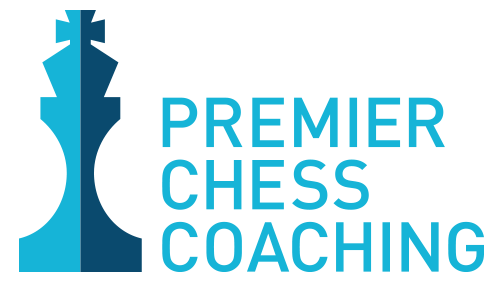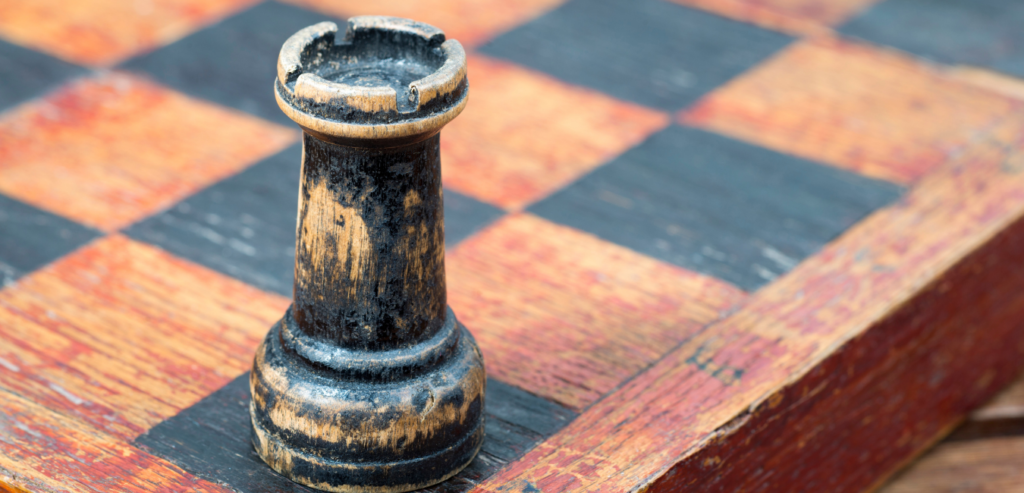Many of our students learning chess for the first time are enamored by the different pieces. The difference in maneuverability gives each piece such a distinct role on the board, and losing a piece can cost you the game. On the other hand, in rare instances you may want to sacrifice pieces if it benefits your strategy. In order to make these important decisions, you need to know the pieces and their roles inside out. Let’s start with the rook.
History of the Rook
When first learning chess, we often hear our students call the rook a ‘castle’ due to its shape. You may think that this is what it was originally called, however the original Sanskrit word ratha translates to chariot. This makes sense, as the powerful straight movement of the rook in some ways mimics a chariot.
The rook has always had a sense of power about it. In early chess it was the most powerful piece on the board. The movement has remained unchanged from the earliest versions of chess, and this power has translated well. In many parts of the world the rook is referred to as the hathi (elephant), top (cannon), and navak (ship).
The Role of the Rook
When our students are learning chess, we position the rook as a late-game power piece. For context, a rook is worth about 5 pawns, and are considered higher value pieces than knights or bishops.
The rook has a very particular role. Early in the game, it is very difficult to move freely, as the positioning of the rook is not ideal being in the corner of the board and surrounded by friendly pieces. However it plays an important role in castling. Castling is a basic chess strategy that allows you to shift your rook into the middle of the board, trading places with your king.
Building and learning chess strategy is all about breaking the game down into stages. The endgame of chess is where rooks shine. Their unimpeded movement can threaten many squares. They are a great piece to deliver a checkmate to your opponent, as well as support friendly pawns moving toward a promotion.
Summary
The rook is and has always been one of the most powerful pieces on the board. Save this piece until late game, and even if you don’t know what you want to do with it, just experiment! You’ll realize the true maneuverability of your rooks and how commanding they can be with an open board. If you’re a beginner, our terrific coaches would be happy to help you learn chess! Contact us for your first coaching session here.


